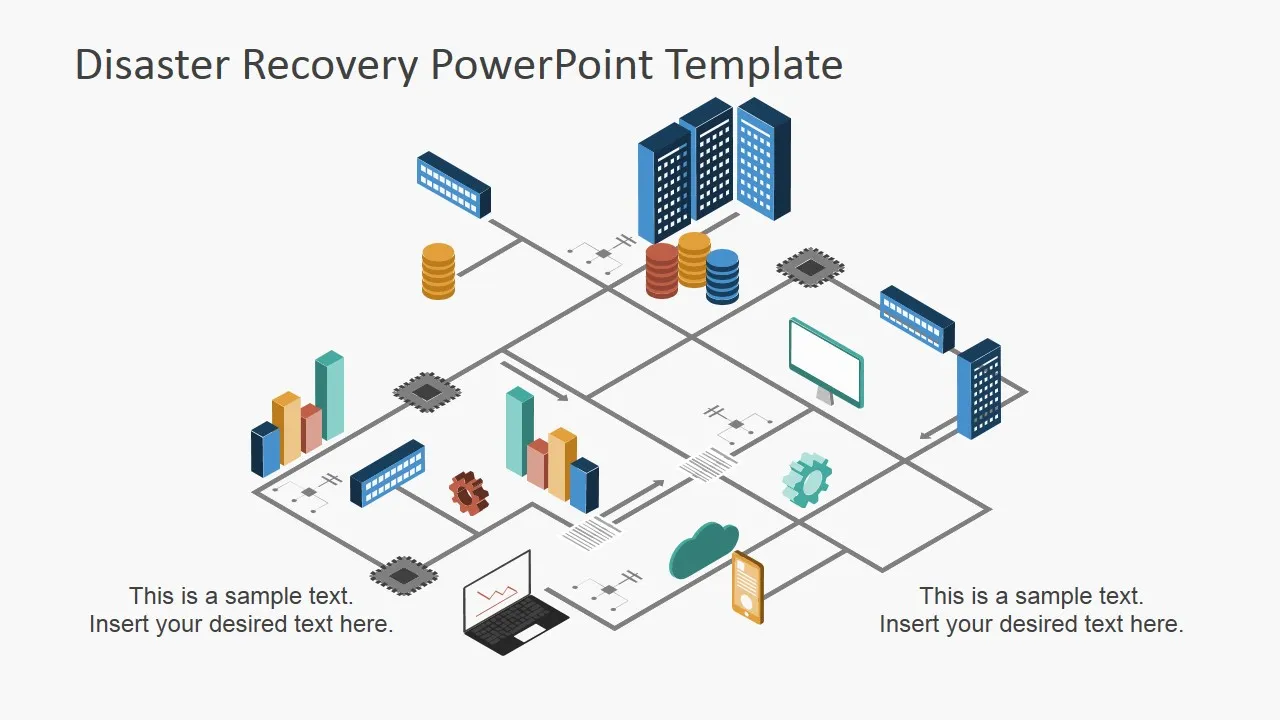Whether your business is mass-producing everyday products or providing life-saving medical care, you must keep critical operations running. Clients, customers and employees expect that dependability.
Developing an effective business continuity and disaster recovery (BCDR) strategy is key to maintaining that dependability. This article covers the three key steps to a successful BCDR plan.
Resilience
Resilience is a leadership skill that helps companies grow during crises. It focuses on changing internal processes and structures to promote long-term growth during and after the emergency.
Disaster recovery is focused on data backup and having a system in place to access and restore that data during a disruption. Conducting a business impact analysis (BIA) helps to reveal potential weak points in the organization’s recovery strategies and prioritize those functions or systems that need to be restored first.
A strong BCDR plan is critical to a business’s ability to withstand the impacts of unplanned events. But resilience takes this a step further, providing a flexible, proactive approach to risk mitigation. Resilient organizations are less vulnerable to catastrophes that can occur over the longer term, such as shifts in the markets they serve or the arrival of new technologies that may disrupt current operations. An effective resilience plan might include staffing rotations, agreements with third parties to take on company activity or converted spaces for work-from-home scenarios.
Recovery
Business continuity and disaster recovery plans are important for ensuring that a company can continue to operate despite unforeseen events. It is essential for businesses to have a plan in place to minimize downtime, which can lead to lost revenue.
One way to identify which functions are critical is through a business impact analysis (BIA), which includes identifying the most vital processes, determining what resources are needed for those processes and evaluating the risks of each process in the event of a disaster. The BIA will help to identify the potential impact of a disruption on the business, including the amount of time that could be lost.
While a BCDR plan considers many unplanned scenarios, ranging from human error to natural disasters, it focuses on the recovery of data and ensuring that the business is operating as close to normal as possible. It also addresses the need to mitigate risks and protect the company’s reputation, facilities and brand.
Tests
Once an organization spends the time and resources to develop its business continuity and disaster recovery plans, it must test those plans to ensure they’re still functional and effective. To do so, it should create a simulation that mimics real-world conditions to see whether the procedures and backup systems will work as expected.
Several types of tests are available, including tabletop exercises and structured walk-through drills. These can be used to train critical personnel and review all of the technical steps in a plan. They’re also helpful in validating communication and integrations between departments.
Performing integrated tests that include external dependencies is another option to help businesses assess how their plans would perform in a true disaster scenario. InterVision’s Ton recommends a quarterly testing schedule for large enterprises, with a disaster recovery test conducted twice per year and a business continuity test, conducted separately, once per year. A separate test helps reduce the impact on employees, he says.
Budget
When requesting funds for business continuity and disaster recovery planning, it is crucial to build a case with substantive evidence. A BIA, audit, news stories about how your company was affected by a disaster, and other documentation will help you secure the dollars you need.
Businesses should have zero tolerance for any form of downtime, whether caused by natural disasters, human error or IT failures. That is why many organizations are increasing their budgets for DR/BC. It’s important to understand your compliance needs and the cost of downtime per hour, and allocate the appropriate amount accordingly. Depending on your industry, the specific requirements and the risks involved, your DR/BC budget could vary drastically. For example, companies that are heavily reliant on IT should invest more in a robust infrastructure than those that operate in the medical or manufacturing industries. This will ensure your organization is able to continue operating, even in the face of a major disruption.

